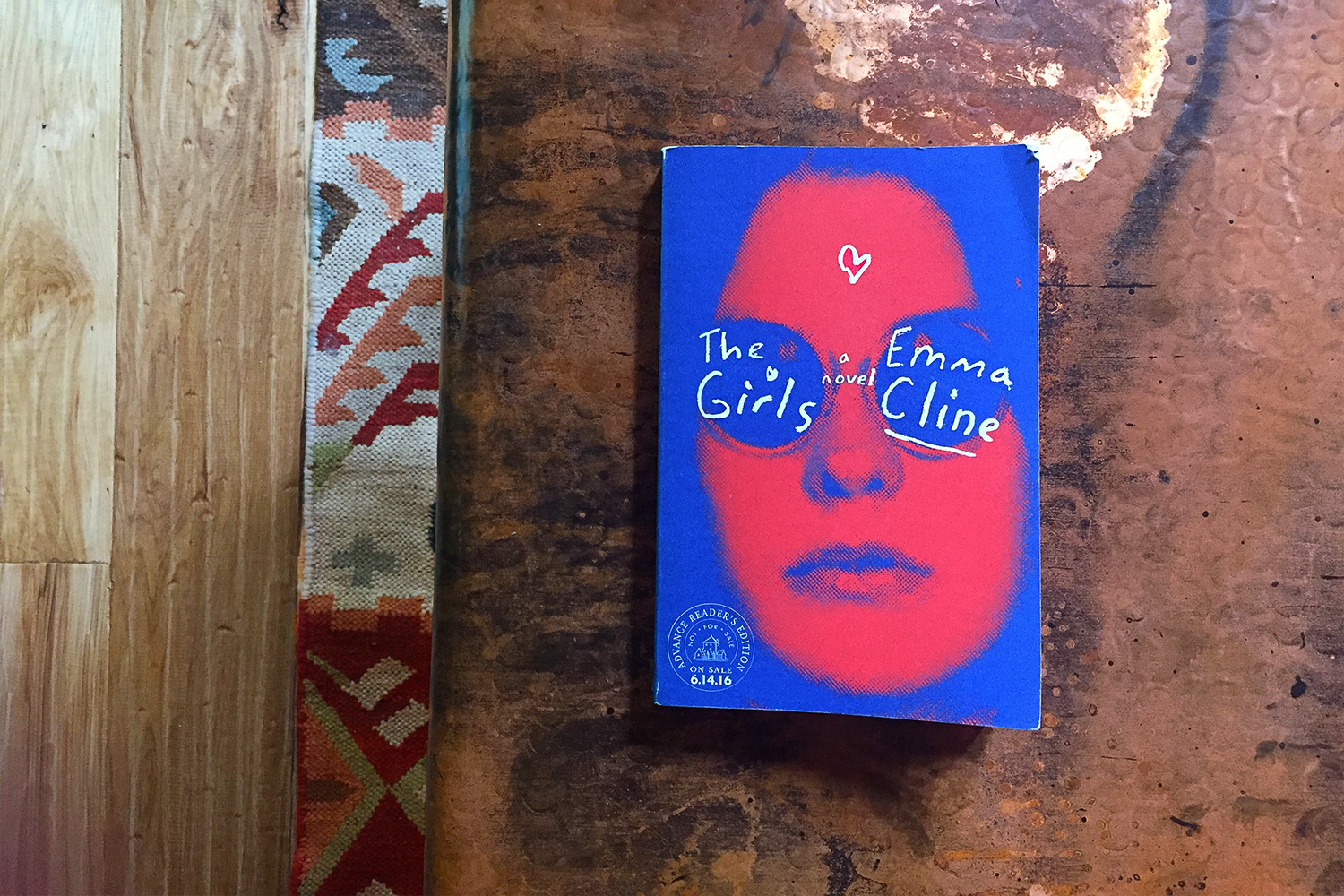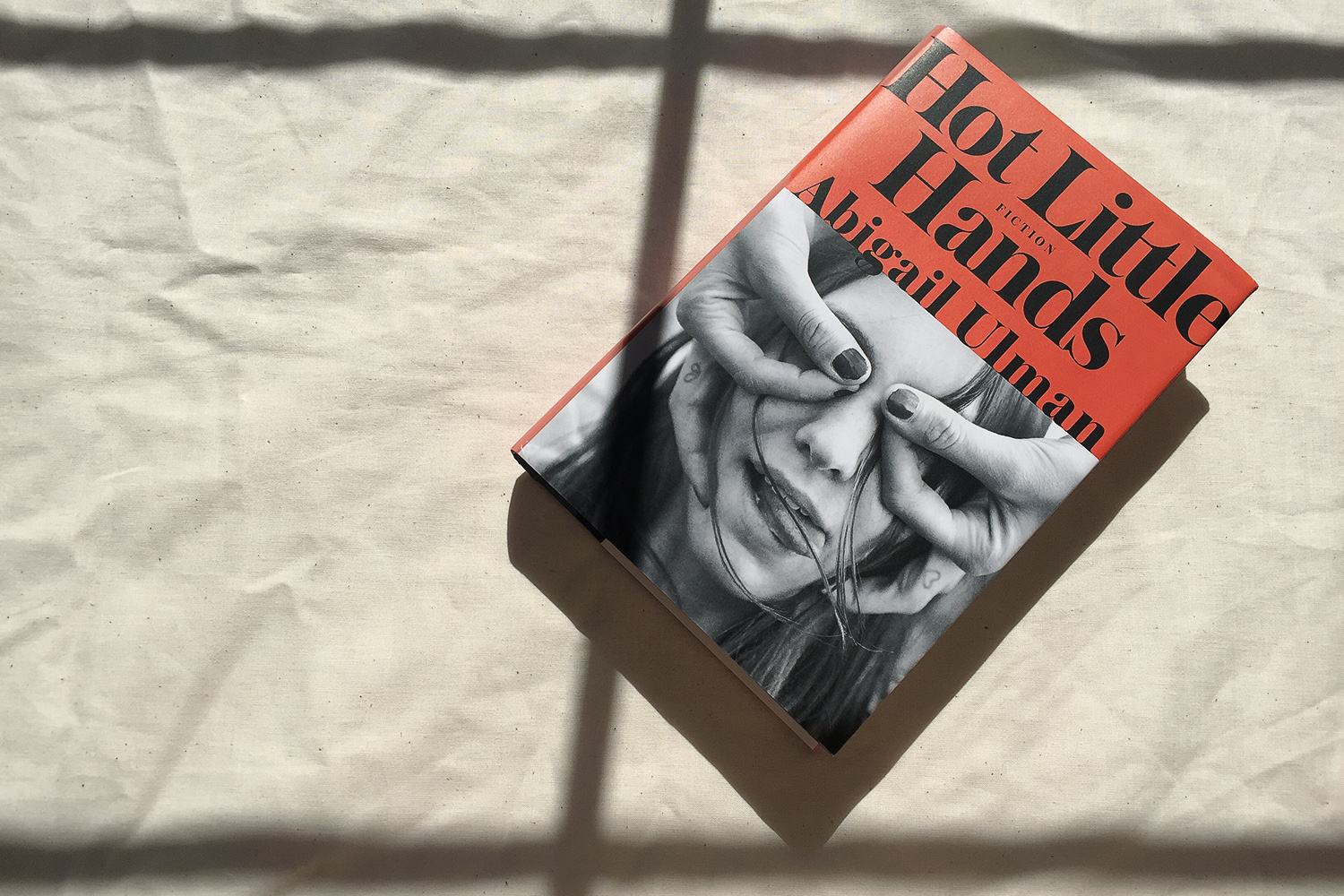

June 2016

Reflection: The Girls

The Girls by Emma Cline (Random House, 2016) reflects the author’s fascination with Charles Manson and the girls who followed in his wake, but make no mistake, this is pure, mesmerizing fiction. The story centers on 14-year-old Evie Boyd, all too lonely and taken by the wild, tattered beauty of three girls she one day eyes in the park. She is unable to piece together their strange behavior, proof that she is far too removed from their universe to ever suspect the obvious truth, that they are members of a cult. Evie lives in Petaluma, a city within shouting distance of my own home in Sonoma County, and just about every Northern California city I know and love makes an appearance: Berkeley, Santa Rosa, Sausalito, Humboldt, Ukiah, Palo Alto and San Francisco. How strange to recognize the terrain of a story as that of my very own. Evie ultimately joins the girls on their rotted ranch where she meets Russell, the cult leader whom the girls obscenely worship, though Evie’s obsession curls towards 19-year-old Suzanne: “Her face could have been an error, but some other process was at work. It was better than beauty.”
The magic of fiction is felt in the instances that Evie runs into the girls, so perfectly timed, so serendipitous, allowing the story to make full, easy strides forward. Beautiful metaphors are abound, including “spare and empty as a coastal church,” “their hair streaming behind them like flags,” “her life like a TV show about summer,” and my very favorite: “Like royalty in exile.” Cline’s observation of girls is as fine tuned as a medical textbook, putting forward defining markers of girlhood:
“I waited to be told what was good about me.”
“At this age, I was, first and foremost, a thing to be judged, and that shifted the power of every interaction onto the other person.”
“It was an age when I often conflated liking people with feeling nervous around them.”
I wish such self-awareness had blossomed in me when I was 14, or perhaps had been nurtured in me by a wiser adult, throwing some light into the dark confusion of adolescence. But self-discovery is never to be dependent on others, and above all is notoriously late.
Emma Cline is the literary world’s most recent darling. An article in the New York Times practically gushes that Cline “has long strawberry-blond hair, light-blue eyes and a habit of staring into space while formulating her thoughts.” How lovely. The Girls (her first book) caused a bidding war (won by Random House for a cool $2 million), and she’s under contract to write two more. I’m wary of the tendency to amplify a single voice, to idolize, to elevate one above the rest. Surely there are others who have spun words just as fine. Then again, at times, I understand this kind of frenzy that the publishing world orchestrates. The Girls really is that good.
*
*
The Girls
By Emma Cline
Published 2016 by Random House
Reflection: Hot Little Hands

Things feel familiar in Hot Little Hands——boys smoke cigarettes but taste like candy when you kiss them, girls tell secrets by flashlight at sleepovers, best friends go away to horse camp——and I’m not sure if they feel familiar because I’ve read them before or simply because they are classic girlhood relics (an imaginary girlhood, unlike my own but that of a more intrepid friend).
Hot Little Hands (Spiegel & Grau, 2016) by Abigail Ulman holds nine stories, all of them starring girls keen on making sense of their lives. The oldest is 27-year-old Claire, who in three loosely connected stories meanders San Francisco with friends who have painfully hipster tattoos, work at coffee shops, drink, have sex and well, hang out. In “The Withdrawal Method,” Claire learns she is pregnant, decides to get an abortion and then goes about the next few days bringing it up in conversation. A guy asks, “Are you really pregnant?” to which she responds, “Yep, for a limited time only.” Abortion is treated so casually, as a simple matter-of-fact, that it is in turn both refreshing and disturbing, at times hilarious. Abortion is a sensitive subject, often shrouded in so much secrecy and judgement, that to highlight it within such a light, funny, kind of aimless story feels different, and I like that. The setting is San Francisco, a city that a non-native like myself can never truly master so must seize every opportunity to learn more, like taking note of streets, neighborhoods and landmarks referenced in fiction. Elizabeth Percer’s All Stories Are Love Stories is another recent mini-lesson in San Francisco that I enjoyed.
My favorite story of this collection, “Same Old Same As,” is also perhaps the most serious. The story ends quietly, so when you reach it there is nothing to do but shrug and move on, though you really don’t want to move on. We meet ninth-grader Ramona in the middle of therapy discussing sexual abuse. The subject matter is difficult but handled in the pitch-perfect voice of a smart, blunt yet vulnerable teenage girl. Details are carefully doled out, hardly explicit. Reprieve comes from Ramona’s friends, who take her story of abuse seriously and treat her kindly in the way young girls do, bringing her cupcakes and making excuses so she doesn’t have to participate in class. The story makes it clear that it is the adults and institutions that fail her. The final scene has Ramona curled up on the couch watching TV with her family, including her stepfather, meaning there has been no justice, no resolution, and it is quietly heartbreaking.
The best thing about every one of these stories is the ending, which may not sound favorable but in fact reflects how memorable each one is. Clean and tidy endings are rare in real life yet easy to expect in fiction, and these stories startle because they do not offer them. There are endings with last-minute plot twists that leave you bewildered, and there are endings that simply peter out, which are strangely the most surprising of all, as if we really do expect happily ever after, or at least closure. Instead, one moment rolls into the next, then the next, and then the next, until a day is strung together, a day-to-day, a life, a bunch of loose ends untied.
